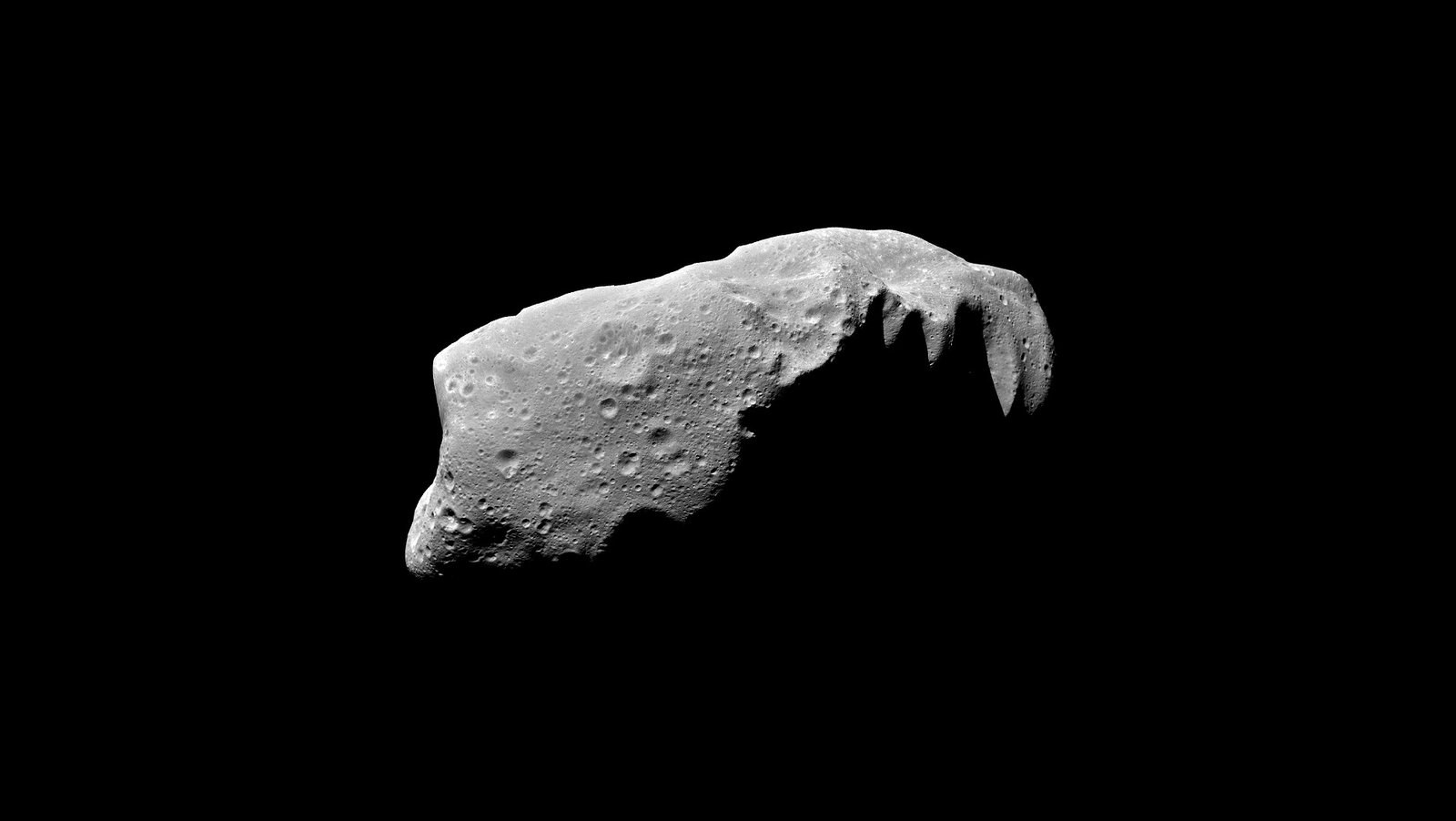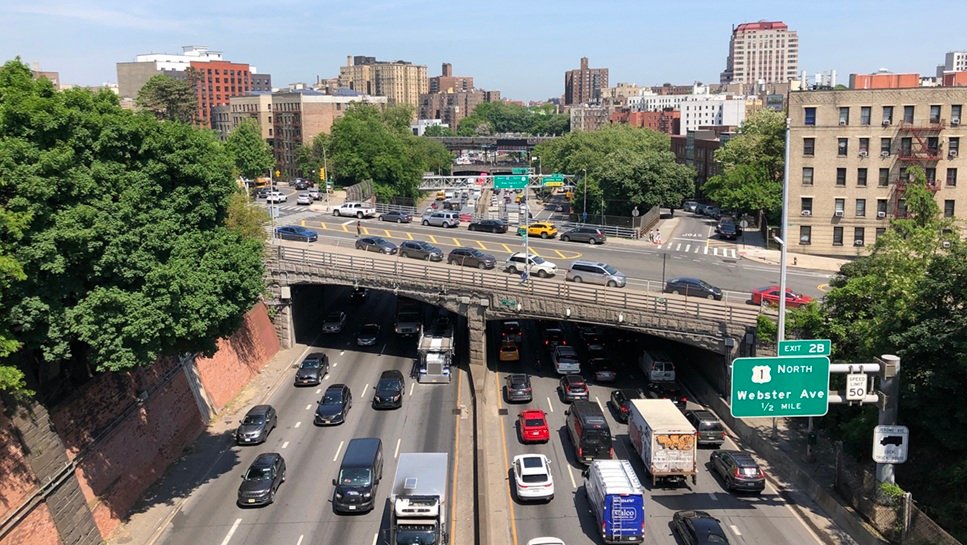This article assesses the merits of using nuclear explosives to stop asteroids from hitting Earth.
The article begins as follows:
Over the years, nuclear explosions have been proposed for a variety of peaceful, nonmilitary purposes. More than 150 peaceful nuclear explosions have been conducted, mainly by the Soviet Union. They were used for creating reservoirs, blasting away earth to make canals, and facilitating gas and oil extraction, among other purposes. The last of these occurred in 1988.
Nuclear devices aren’t required to build infrastructure or extract resources. These activities can readily be done with non-nuclear technologies, hence we do not hear the construction and extraction sectors pushing for access to nuclear devices. But there is one sector in which nuclear explosions appear to be the best option available: protection from asteroids and comets, collectively known as near-Earth objects, or NEOs. The impact of an NEO hitting Earth could be catastrophic to humanity.
A 2007 NASA study evaluated a range of options for deflecting NEOs, including conventional and nuclear explosives; kinetic impact (hitting an NEO with a non-explosive object); solar focusing (which would reflect sunlight to heat and “boil off” parts of the NEO); lasers; mass drivers (involving landing on the NEO and shooting pieces off into space); gravity tractors (objects with sufficient gravitational pull to move the NEO); tugs (which could attach to a NEO and pull it); and the “enhanced Yarkovsky” (essentially painting the NEO so that sunlight pushes it). Of all these options, the study found that “[n]uclear standoff explosions are assessed to be 10-100 times more effective than the non-nuclear alternatives analyzed in this study.” In 2014, a US Government Accountability Office report indicated that the National Nuclear Security Administration is retaining some nuclear device components “for potential use in planetary defense against earthbound asteroids.”
The remainder of the article is available in the Bulletin of Atomic Scientists.
This blog post was published on 28 July 2020 as part of a website overhaul and backdated to reflect the time of the publication of the work referenced here.




